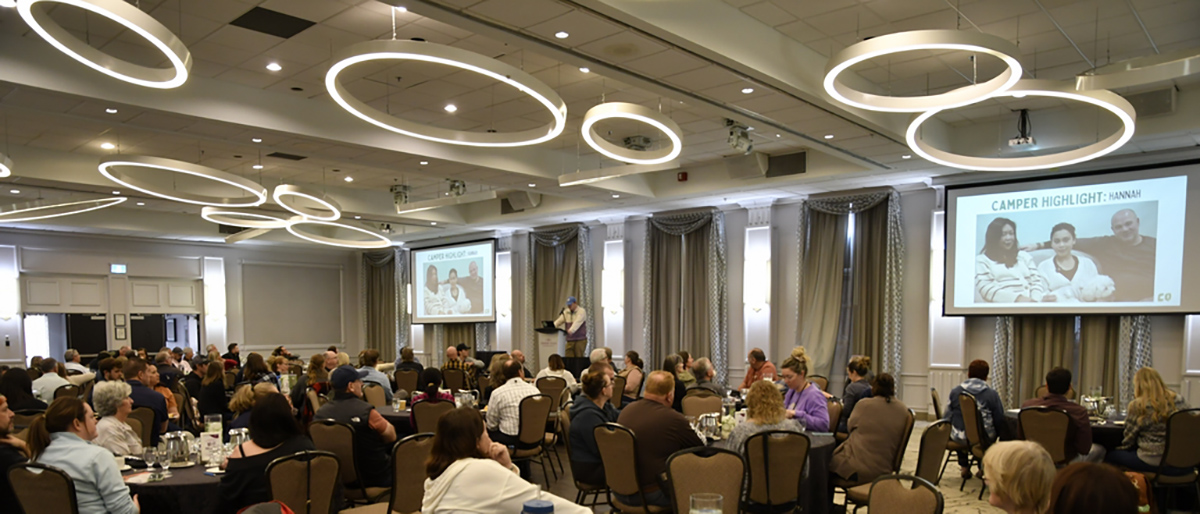If it feels like there are more com-plaints than ever, and that you’re spending an increasing amount of time and money dealing with negativity and backlash, you’re right. But the rise of customer complaints represents a huge opportunity.
From a business perspective, hugging your haters makes sense.
Recently, I partnered with Tom Webster’s firm — the highly respect-ed attitude collection group Edison Research — to take a close look at the current state of hate. We discussed customer service expectations and out-comes with more than 2,000 consumers who have complained about a company in the previous 12 months. The study participants represent a statistically valid cross-section of ages, incomes, racial makeup, and technology aptitudes.
It’s shockingly simple: answering complaints is good, ignoring them is bad.
And what we found shocked us, both in its comprehensiveness and in its simplicity: Answering complaints actually increases customer advocacy across all customer service channels. We explored this in great depth, and found this to be true in some channels more than others. But the effect is present in every venue where you interact with customers. If you answer complaints anywhere, it increases advocacy. It takes a bad situation and makes it better.
Conversely, not answering complaints decreases customer advocacy across all customer service channels. In some channels more than others, based on traditions and corresponding expectations. But the negative effect of staying silent is also universal. When you don’t answer complaints—even in the venues where lack of response is more common (like online review sites)—customer advocacy decreases. It takes a bad situation and makes it worse.
INTRODUCING THE HATRIX
As a result of our examination of the specific benefits of responding to complaints on a channel-by-channel basis, we created “The Hatrix.” But for now, consider this: customers feel better whenever and wherever you respond, and they feel worse whenever and wherever you don’t.
Our exclusive research found that answering complaints has a massive, consistent, and linear relationship to customer satisfaction or dissatisfaction. What else could you possibly do as a business that would produce similar results across the board, other than perhaps dramatically raising or lowering prices?
This research, along with the more than 50 interviews we conducted, led us to formulate the following success equation: Answer every complaint, in every channel, every time.
This concept of interacting with customers in the venues they prefer is a critical part of the Hug Your Haters approach. It’s about respecting the customers’ right to select their own feedback mechanism and approaching customer service accordingly.
“I think that philosophically all channels are important. We should be channel agnostic in terms of feedback. Whether it’s a complaint or a compliment or a question, we should interact wherever the customer wants,” explains Dan Gingiss, formerly of Discover.
Admittedly, it’s not easy to hug your haters. It takes cultural alignment, resource allocation, speed, a thick skin, and an unwavering belief that com-plaints are an opportunity. But there are businesses that are already reaping enormous benefits by hugging their haters and I hope you’ll join their ranks.
 Drawn from Hug Your Haters: How to Embrace Complaints and Keep Your Customers, about which Guy Kawasaki says: “This is a landmark book in the history of customer service.” Written by Jay Baer, Hug Your Haters is the first customer service and customer experience book written for the modern, mobile era and is based on proprietary research and more than 70 exclusive interviews. Buy the book directly from Jay now and receive instant digital access, PLUS get a ton of bonuses worth thousands of dollars. For more information, visit jaybaer.com
Drawn from Hug Your Haters: How to Embrace Complaints and Keep Your Customers, about which Guy Kawasaki says: “This is a landmark book in the history of customer service.” Written by Jay Baer, Hug Your Haters is the first customer service and customer experience book written for the modern, mobile era and is based on proprietary research and more than 70 exclusive interviews. Buy the book directly from Jay now and receive instant digital access, PLUS get a ton of bonuses worth thousands of dollars. For more information, visit jaybaer.com


































